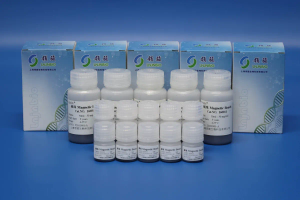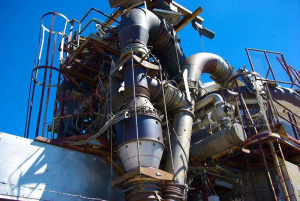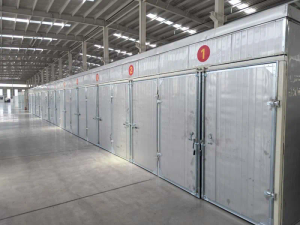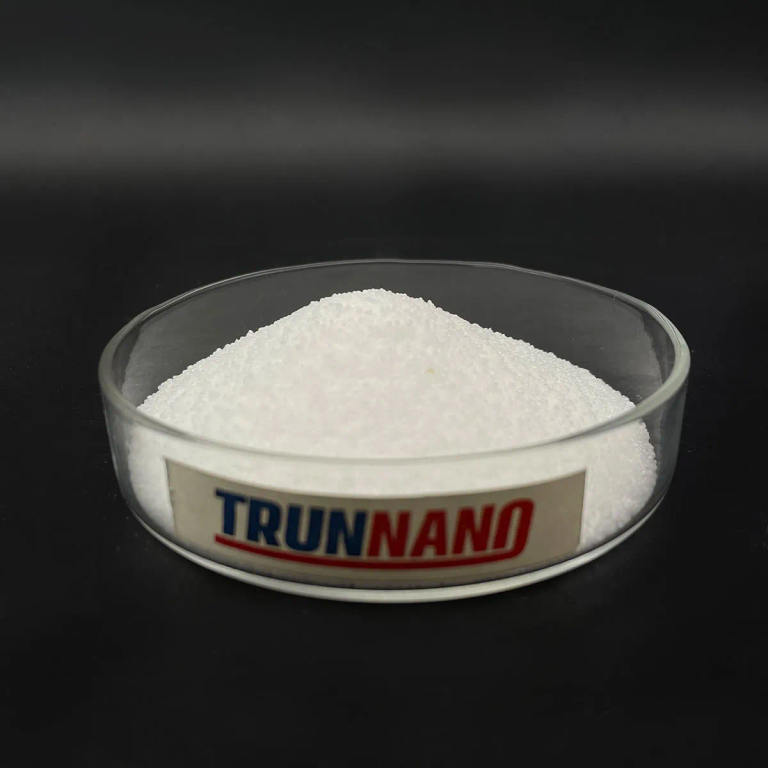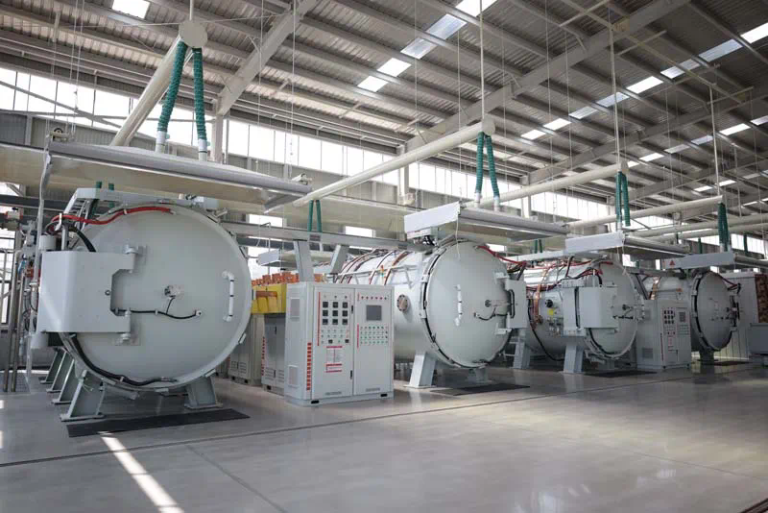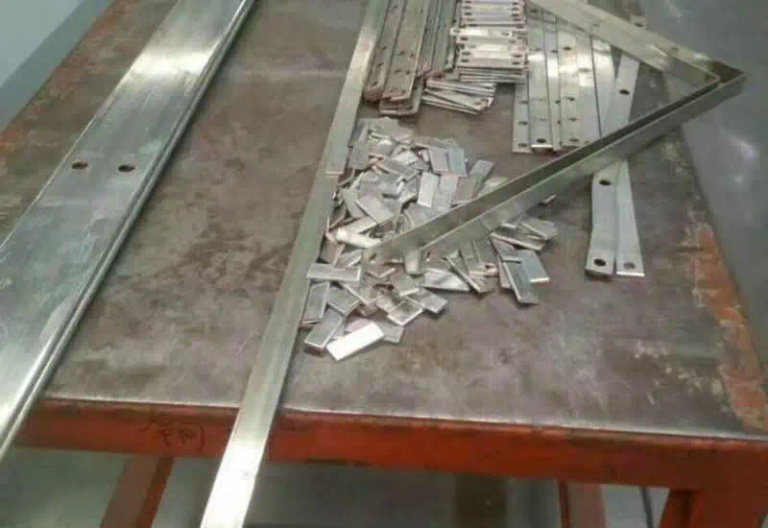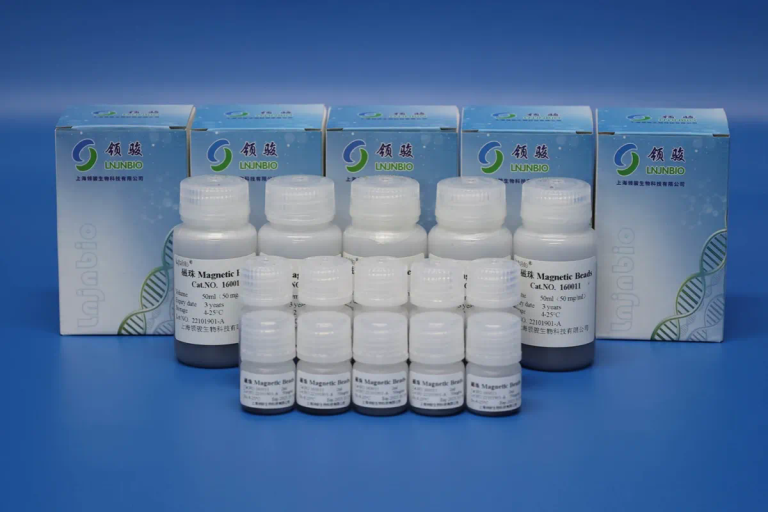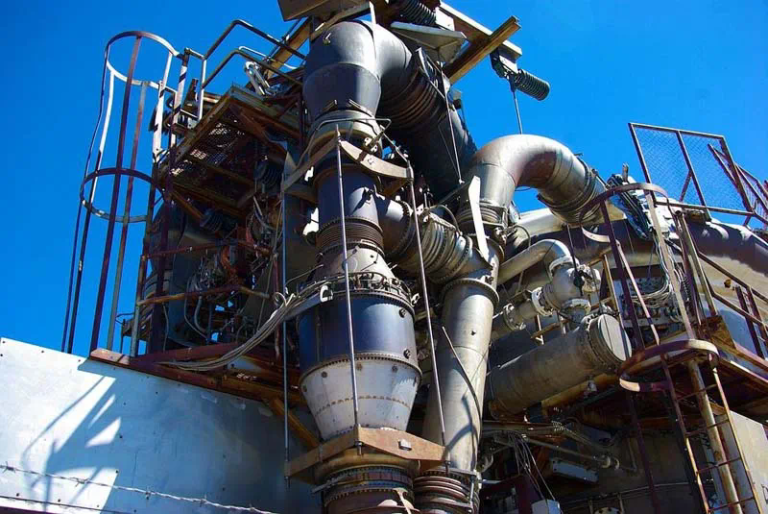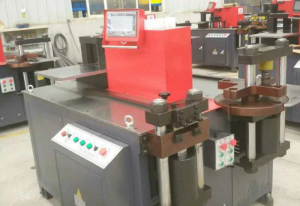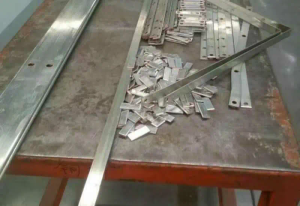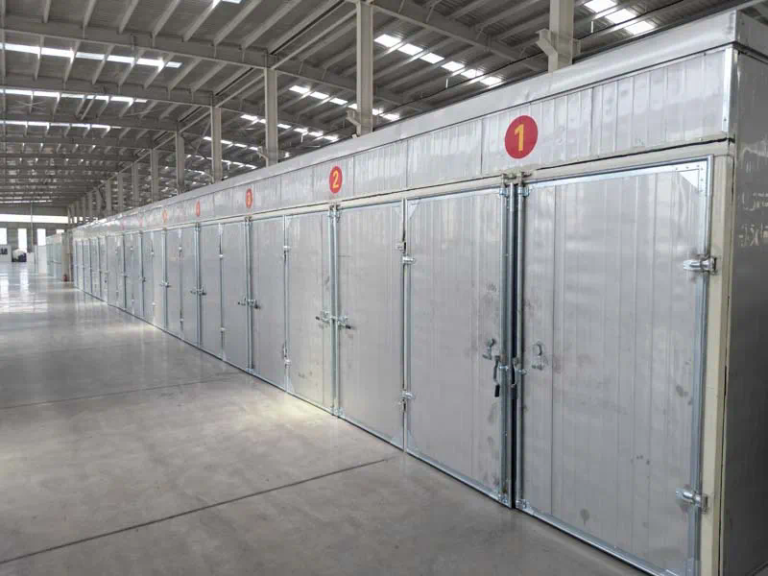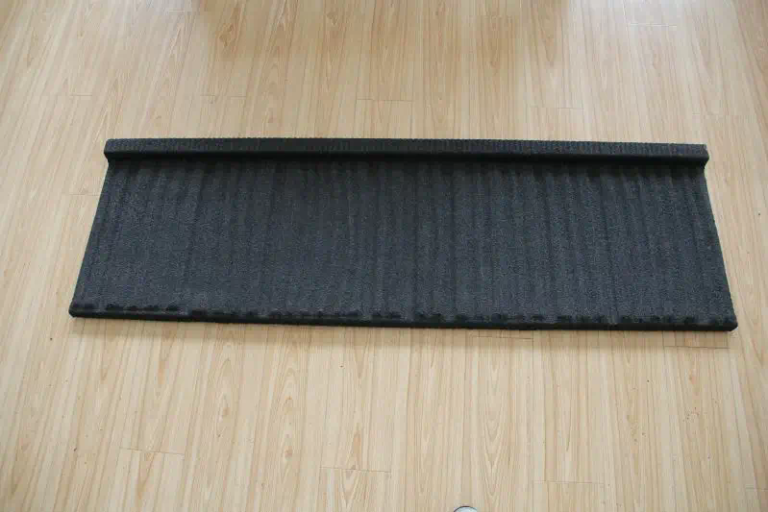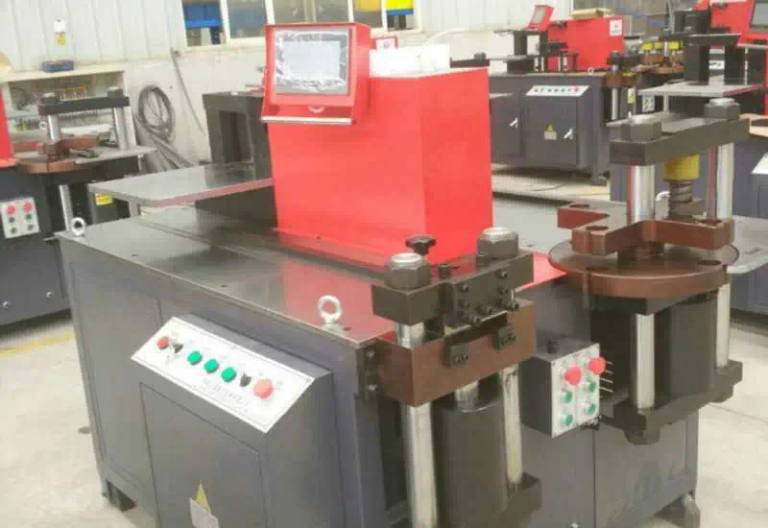In the realm of manufacturing, CNC machining plays a crucial role in producing precise and complex components across various industries. However, achieving high accuracy in CNC machining can be a challenging task that requires attention to detail, proper techniques, and adherence to best practices. In this article, we will explore a range of techniques and tips to help improve CNC machining accuracy.
Precision is paramount in CNC machining, as even small deviations can lead to significant errors in the final product. By focusing on key areas such as tool selection, machine calibration, programming strategies, and quality control measures, manufacturers can enhance the accuracy of their CNC machining processes and deliver superior results to their customers.
Tool Selection
One of the first steps in improving CNC machining accuracy is selecting the right tools for the job. The choice of cutting tools, inserts, end mills, and drills can have a significant impact on the precision of the machining process. It is essential to consider factors such as tool material, geometry, coating, and rigidity to ensure optimal performance and dimensional accuracy.
Machine Calibration
Proper machine calibration is essential for achieving high accuracy in CNC machining. Regular maintenance and calibration of the machine’s axes, spindle, and tool holders are critical to minimizing errors and ensuring consistent performance. By conducting routine checks and adjustments, manufacturers can prevent issues such as backlash, thermal expansion, and misalignment that can compromise machining accuracy.

Programming Strategies
Effective programming strategies are key to improving CNC machining accuracy. Utilizing advanced CAM software, optimizing toolpaths, and implementing error-reducing techniques such as corner rounding and lead-in/lead-out moves can help minimize tool wear, vibration, and deflection. Additionally, using adaptive machining and high-speed cutting strategies can enhance surface finish and dimensional precision.
Quality Control Measures
Implementing robust quality control measures is essential for maintaining accuracy in CNC machining. Regular inspection of machined parts using coordinate measuring machines (CMMs), laser scanners, and other metrology equipment can help identify deviations from the desired specifications and enable timely decoiler machine adjustments. Establishing clear quality standards, performing in-process inspections, and documenting measurement data are essential for ensuring consistent accuracy throughout the production process.
Cutting Parameters Optimization
Optimizing cutting parameters such as speed, feed rate, depth of cut, and cutting fluid usage is crucial for achieving high precision in CNC machining. By conducting thorough testing and analysis, manufacturers can determine the optimal cutting conditions for specific materials and geometries, reducing tool wear, heat generation, and machining errors. Additionally, adjusting parameters based on tool condition, workpiece material variations, and environmental factors can help maintain accuracy during long production runs.
Workholding Solutions
Choosing the right workholding solutions is vital for ensuring stability, repeatability, and accuracy in CNC machining. Properly securing the workpiece using clamps, vises, fixtures, or vacuum systems can minimize vibrations, reduce deflection, and improve surface finish quality. Additionally, utilizing advanced workholding technologies such as pallet changers, tombstones, and zero-point clamping systems can enhance productivity and facilitate quick changeovers without sacrificing accuracy.
Training and Skill Development
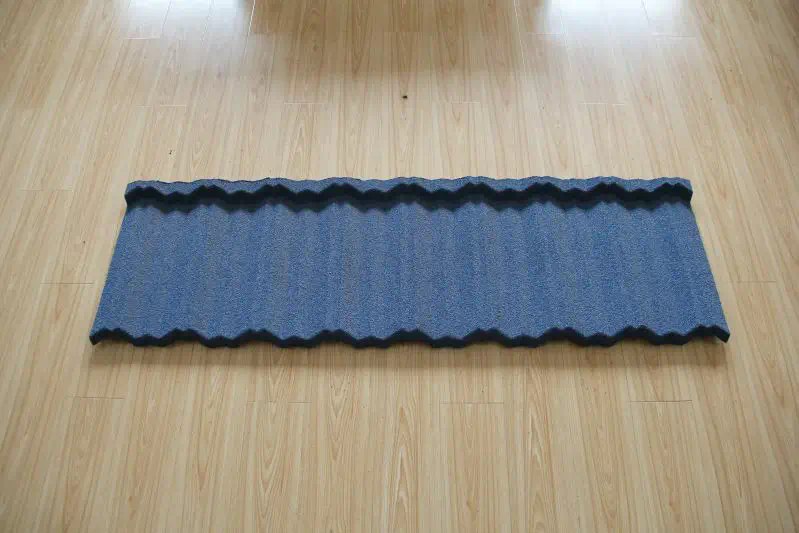
Investing in training and skill development for operators, programmers, and machinists is essential for enhancing CNC machining accuracy. Providing comprehensive training programs on machine operation, programming techniques, tool management, and quality assurance practices can empower staff to perform their tasks effectively and efficiently. Continuous learning, hands-on experience, and knowledge sharing within the organization can foster a culture of excellence and drive continuous improvement in machining accuracy.
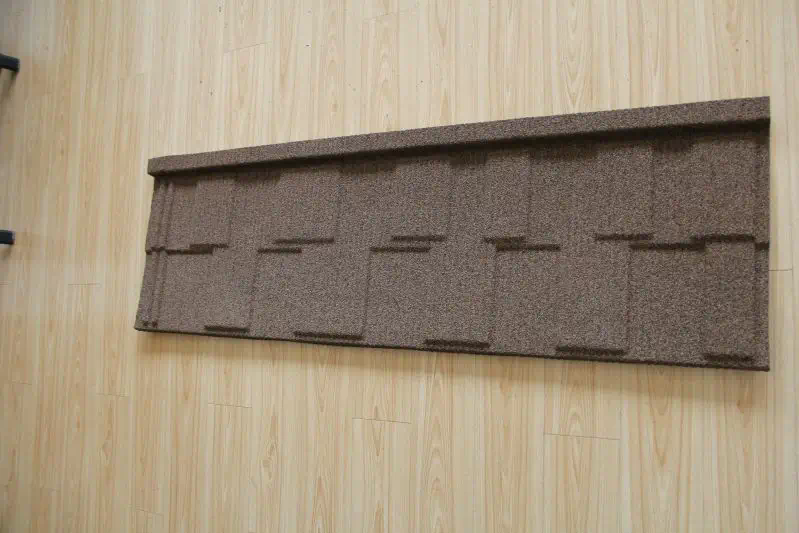
Advanced Toolpath Simulation
Utilizing advanced toolpath simulation software can help visualize and optimize machining processes before actual production. By simulating tool movements, cutting forces, material removal, and chip formation, manufacturers can identify potential issues, collisions, and inefficiencies that may affect machining accuracy. Virtual testing and verification of toolpaths can enable users to fine-tune parameters, avoid errors, and optimize cycle times, ultimately leading to improved accuracy and productivity.
Material Selection and Machining Strategies
Selecting the right materials and implementing appropriate machining strategies are essential for achieving high accuracy in CNC machining. Different materials exhibit varying machinability characteristics, requiring tailored approaches for optimal performance. Understanding material properties, tool compatibility, cutting forces, and chip evacuation is crucial for minimizing tool wear, workpiece distortion, and surface defects. By selecting the appropriate cutting tools, feeds, speeds, and machining techniques for specific materials, manufacturers can enhance accuracy and efficiency in their machining operations.
In conclusion, improving CNC machining accuracy requires a combination of technical expertise, strategic planning, and continuous improvement efforts. By focusing on key areas such as tool selection, machine calibration, programming strategies, quality control measures, cutting parameters optimization, workholding solutions, training and skill development, advanced toolpath simulation, material selection, and machining strategies, manufacturers can elevate the precision and performance of their CNC machining processes. Embracing innovation, adopting best practices, and fostering a culture of excellence are essential for achieving consistent accuracy, meeting customer requirements, and staying ahead in the competitive manufacturing landscape.
